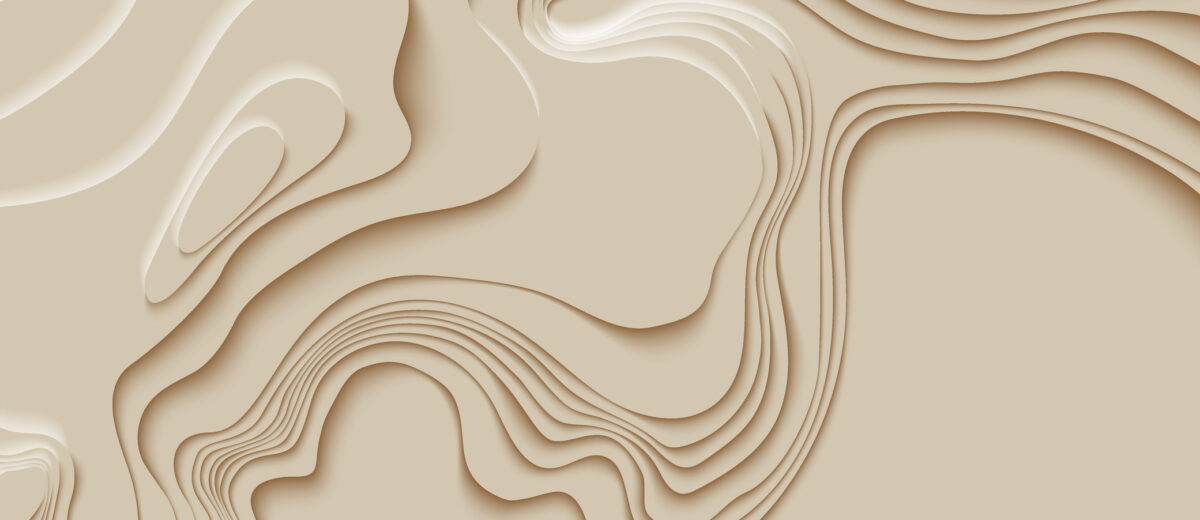One of the most popular wall hangings in homes today are 2-dimensional topography maps. In fact, some of these works of art are created through land surveying and can also be used in the planning of new development projects.
Each topographic map is unique based on the area of interest, and professional land surveyors can play a big role in creating these maps by locating many seemingly mundane details.
What is a Topographic Map?
A topographic map is a land survey in a 2-dimensional format (X and Y) that has lines connecting points of equal elevation or contour lines representing changes in elevation relative to one another.
Topographic maps are often used for recreation because they provide detailed information about mountains, valleys, trails, roads, etc. This information can be used to plan hikes or bike rides.; however, these maps are also important for creating construction plans because they help contractors better design where new buildings could be placed on a piece of property and help plan for what kind of infrastructure will need to be built in order for those buildings to function properly.
How Are Topographic Maps Made?
Professional land surveyors generate topographic maps by locating many points in the field using a total station and rod or, more and more often, using a GPS unit. Each data point is assigned an X, Y and Z value, creating a 3-dimensional surface. Back in the office, these 3-dimentional points are triangulated and contour lines can be generated to produce a familiar 2-dimentional topographic map.
These days LiDAR (Light Detection and Ranging) data, which contains thousands of points from remote sensing, is often used to create topographic maps.
Before instrument field data collectors, office computers and printers, topographic maps took much more time to generate and replicate. Everything was hand written, hand triangulated and hand drawn. Today’s technology allows for faster and more intense data collection that can be easily manipulated, replicated and shared between design professionals.
Land Surveying can go far.
At Herrick & Salsbury, Inc., we use a combination of LiDAR data and field checks to produce cost and time-efficient topographic surveys for our clients. For more information on the services we provide at Herrick & Salsbury, Inc., visit our website at www.herrickandsalsbury.com
